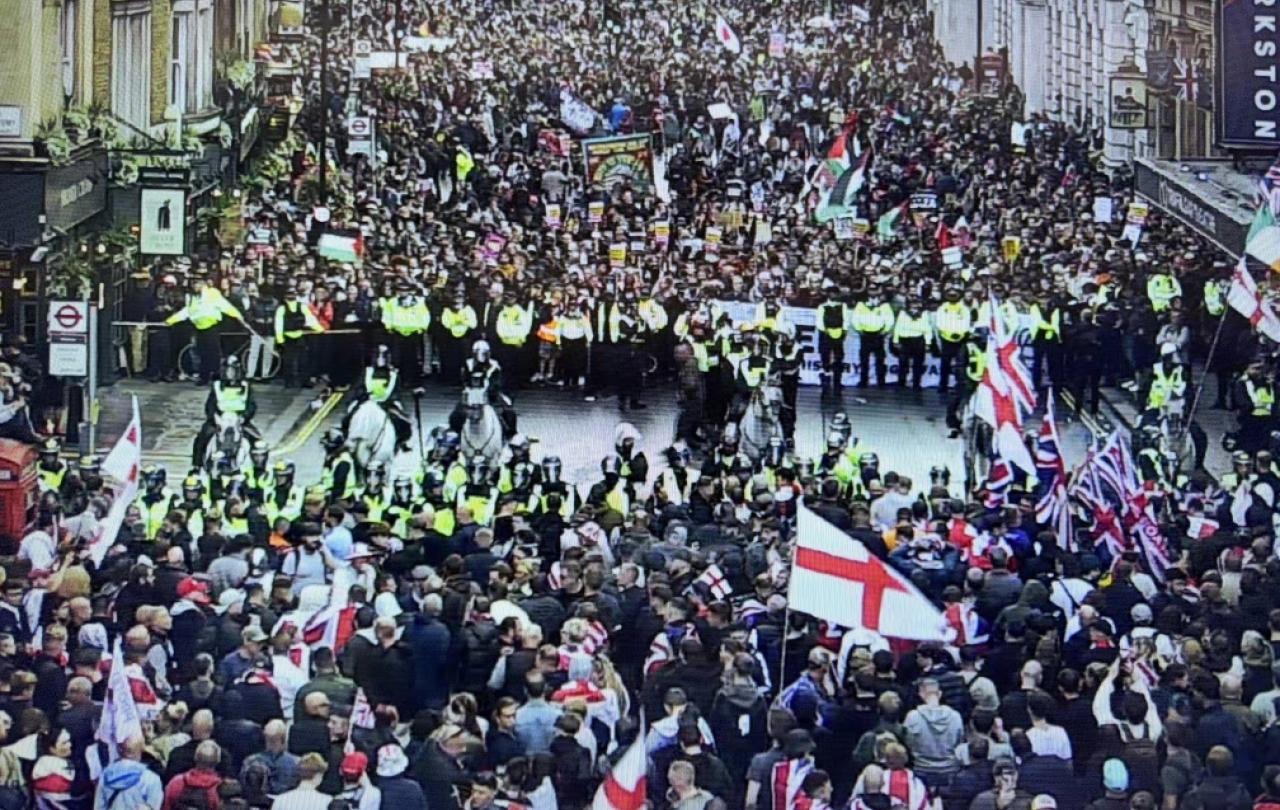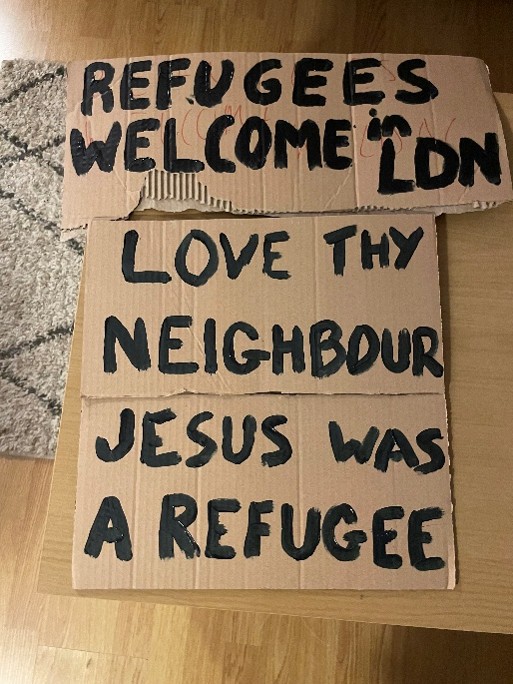I guess it’s a good job he’s no longer a member of parliament, or George Galloway may be facing the same scrutiny Nigel Farage came under for his trips to the United States.
It probably won’t surprise you to hear that the former MP for Rochdale didn’t head to the Land of the Free on his own extracurricular jaunt the other week, but instead to Tehran and Moscow.
And no, George wasn’t there to remind Iran of its obligations to provide human rights for its citizens - as some might expect of a British MP - nor did he go to Russia to put pressure on Putin to end the war in Ukraine.
No, George was simply visiting his comrades - distinct as they may be - and doing his bit for their distinct causes.
Mr Galloway published two videos during his visit to Iran - both published on his X account - and both showing him standing outside the buildings of a recognised religious minority (meaning, in Iran, Jews, Zoroastrians and Assyrian or Armenian Christians. Not converts or Baha’is).
In the first video, the man in the black hat is standing outside a synagogue in Tehran, which he tells his audience doesn’t even have a guard outside “because they don’t need one”, as the “millions” of Jews who live in Iran (actually there are less than 10,000) are so “honoured” and “cherished”.
They even have their own members in the parliament, he tells us (actually it’s just the one), and “you didn’t know any of this, did you? Because they don’t want you to know.”
Well, now you do.
And, thanks again to the former Member for Rochdale, two days later you were also able to discover, much to your surprise, that Iran is also home to “so many Christian churches.” (For the record there are around 300, but none of them open to converts.)
This time, Mr Galloway is speaking to you from outside an Armenian cathedral, still wearing the same outfit and therefore presumably recorded on the same day but published two days later - perhaps to give you enough time to digest your first lesson.
Inside the cathedral, George assures us, there are “many worshippers quietly going about their religious obligations,” which is “quite different from the picture that is painted of Iran in Western countries,” don’t you think?
And what would that picture be, eh, George?
That Christians are routinely arrested and imprisoned for meeting together to worship, and in years past the leaders of their churches - including Armenians - were even murdered on those same Tehran streets on which you are now standing?
But no matter, here at least is clear proof that one church in Iran is still functioning - as well as that synagogue; don’t forget the synagogue! - and as Mr Galloway proudly informed us 24 hours after his first video, nearly one million people (according to X it was closer to 50,000) had watched it.
So, job done. Let’s not worry about the details. They take too much time to research, and can also trip one up when trying to make a point - especially regarding Iran’s treatment of religious minorities or, well, anyone really.
But no matter, one can guarantee that most viewers won’t have bothered to look into it, nor scroll down far enough to reach the dissent.
Now, I don’t know whether it was because George hadn’t quite lived up to his billing, but a few days later some “real journalists” arrived from the Grayzone website to add their own insights.
The Brits had been told; now it was the turn of the Americans.
“Americans may be surprised to know Christians exist in Iran and are allowed to practice their religion freely.”
So wrote Grayzone News’ Anya Parimpil on X, alongside a post showing a short video from inside - wow, they actually let the Americans inside! - another Armenian cathedral, this time in Isfahan.
And alongside a few more pictures of the church, Ms Parimpil posted some photographs of “ancient bibles” - no capital ‘B’ needed, it would seem, nor explanation that today in Iran Bibles are often used as evidence of a “crime” in court cases against Christians.
Meanwhile, Ms Parimpil’s husband, Max Blumenthal, posted a long video interview with the Islamic Republic of Iran’s favourite interviewee, Mohammad Marandi, as they walked around a Tehran cemetery.
You can watch it on YouTube if you like, but I wouldn’t recommend it; not only is it over an hour long, but in the wake of the axing of Stephen Sackur’s BBC news show HARDtalk, this one is more like an episode of SOFTtalk, in which the presenter asks only two questions of real interest - regarding the nuclear programme and popular support for the regime - to which there is never any danger of a follow-up probe.
To paraphrase, Marandi’s answers were that the regime is wildly popular and well able to make a nuclear weapon if it wanted to but that it doesn’t because such things are “inhumane” and the Islamic Republic of Iran is, of course, renowned for its decency.
Mr Blumenthal also posted videos of an Iranian man singing while embracing him underneath one of Isfahan’s famous bridges - with the message, “Iran is not your enemy” - and of the return of water to the local river, failing to mention, as one responder noted, that “due to the corruption and mismanagement of the horrific mullah regime, the river is basically dry all the time”.
But no matter, one can guarantee that most viewers won’t have bothered to look into it, nor scroll down far enough to reach the dissent.
Certainly, the overwhelming reaction to all the videos and photographs posted over the past week has been positive: essentially, a “thanks for showing us what Iran is really like and not only what the biased mainstream media (MSM!) says about it!”
These are the days of SOFTtalk, it would appear, so I suppose we’d better get used to it.
Celebrate our 2nd birthday!
Since Spring 2023, our readers have enjoyed over 1,000 articles. All for free.
This is made possible through the generosity of our amazing community of supporters.
If you enjoy Seen & Unseen, would you consider making a gift towards our work?
Do so by joining Behind The Seen. Alongside other benefits, you’ll receive an extra fortnightly email from me sharing my reading and reflections on the ideas that are shaping our times.
Graham Tomlin
Editor-in-Chief






